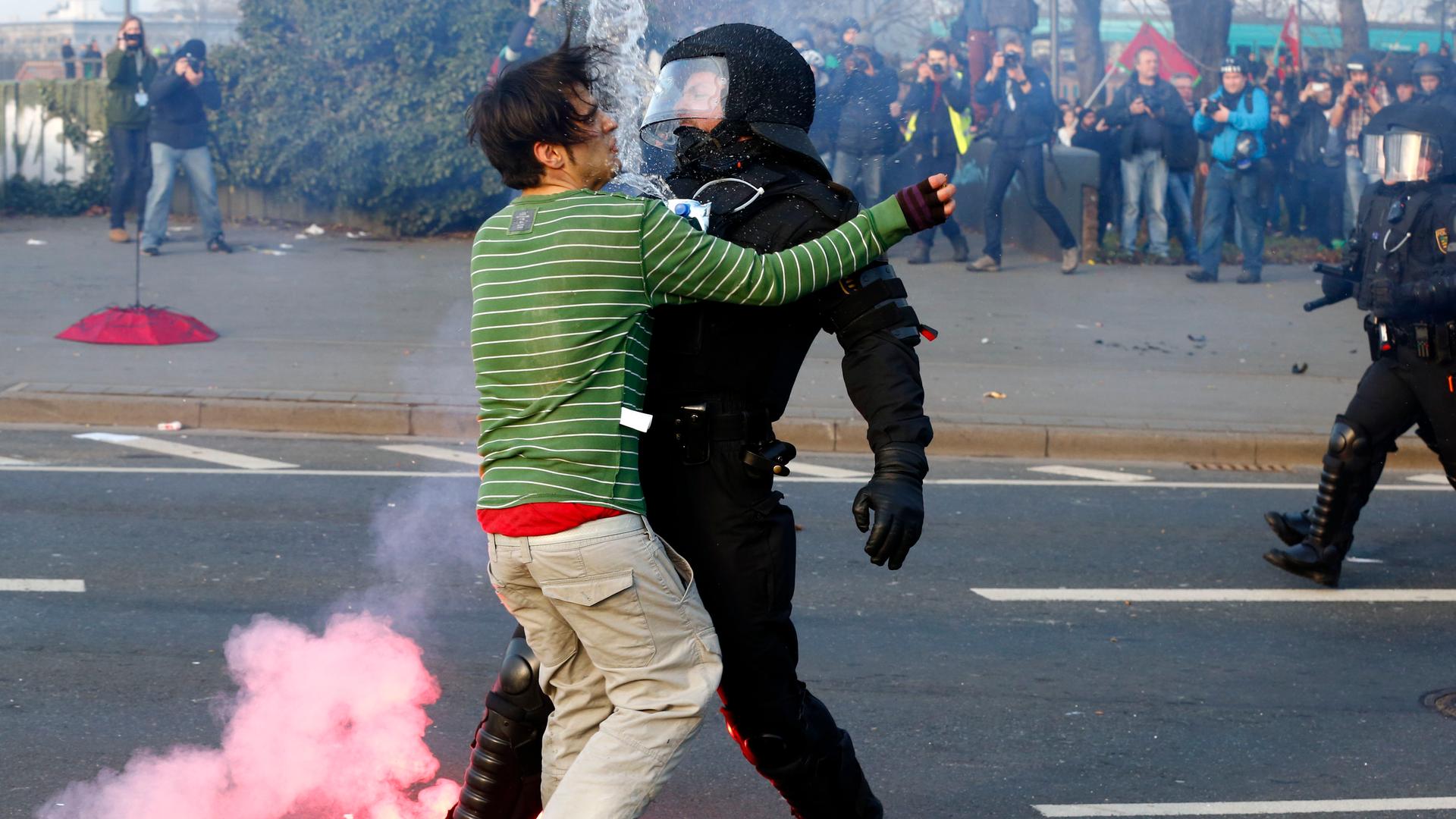A policeman stops a Blockupy anti-capitalist protester near the European Central Bank building before the official opening of its new headquarters in Frankfurt.
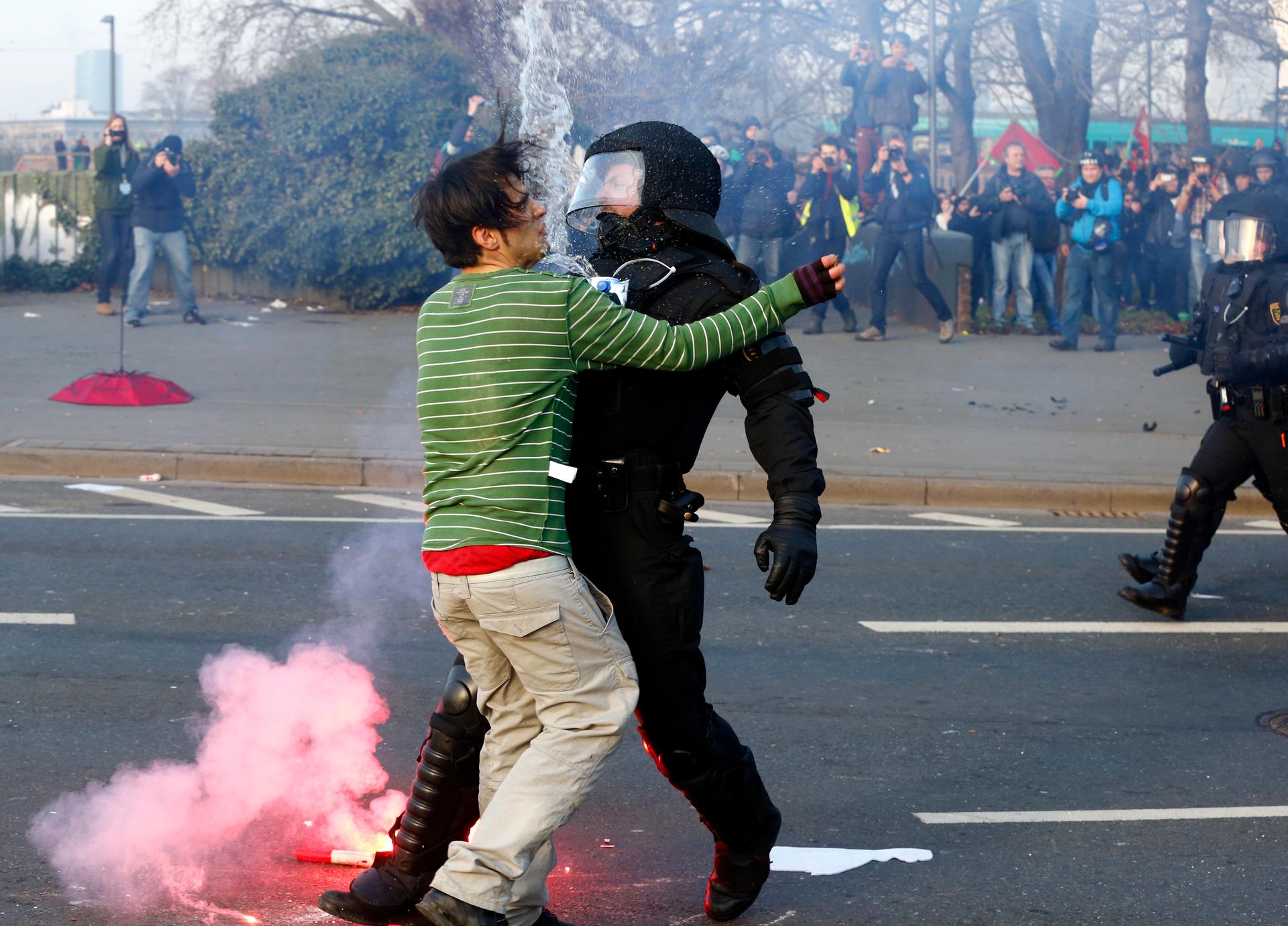
The latest incarnation of the Occupy movement is calling itself "Blockupy".
You can see in the dramatic picture above how Blockupy activists demonstrated against the policies of the European Central Bank. Their protest brought thousands to the streets in a confrontation with police along the perimeter around the bank's headquarters in Frankfurt.
Blockupy is another example of how activists have become ever more sophisticated in their branding. Yes, I'm using the commercial word "branding" to describe how modern protesters practice their craft.
Placards, hashtags, costumes and other symbolic gestures are designed to attract media and attention. Here are recent examples.
This is all part of an evolution that journalist Elliott Goat addressed at a SXSW panel this week. Yes, images can move around the world with lightning speed these days, but branding has been developing for some time.
Goat offered an historical look back and cited the Zapatista Subcomandante Marcos in the 1990s — his black mask became a symbol of the movement. Marcos added gravitas to his activism and considered his mask a mirror reflection of all the Zapatistas' own struggles. It's easy to see a modern-day equivalent of this mirror in the online activist group Anonymous' use of the Guy Fawkes mask.
Goat takes his argument further suggesting that even extremist groups like ISIS have co-opted modern branding techniques.
"From ISIS to Occupy, radical social actors are presenting themselves as brand managers, utilizing marketing strategies to create a new form of political engagement," Goat wrote ahead of the SXSW panel.
During his presentation, Goat showed the handiwork of what he said was a hired designer in helping brand the Free Syria Army.
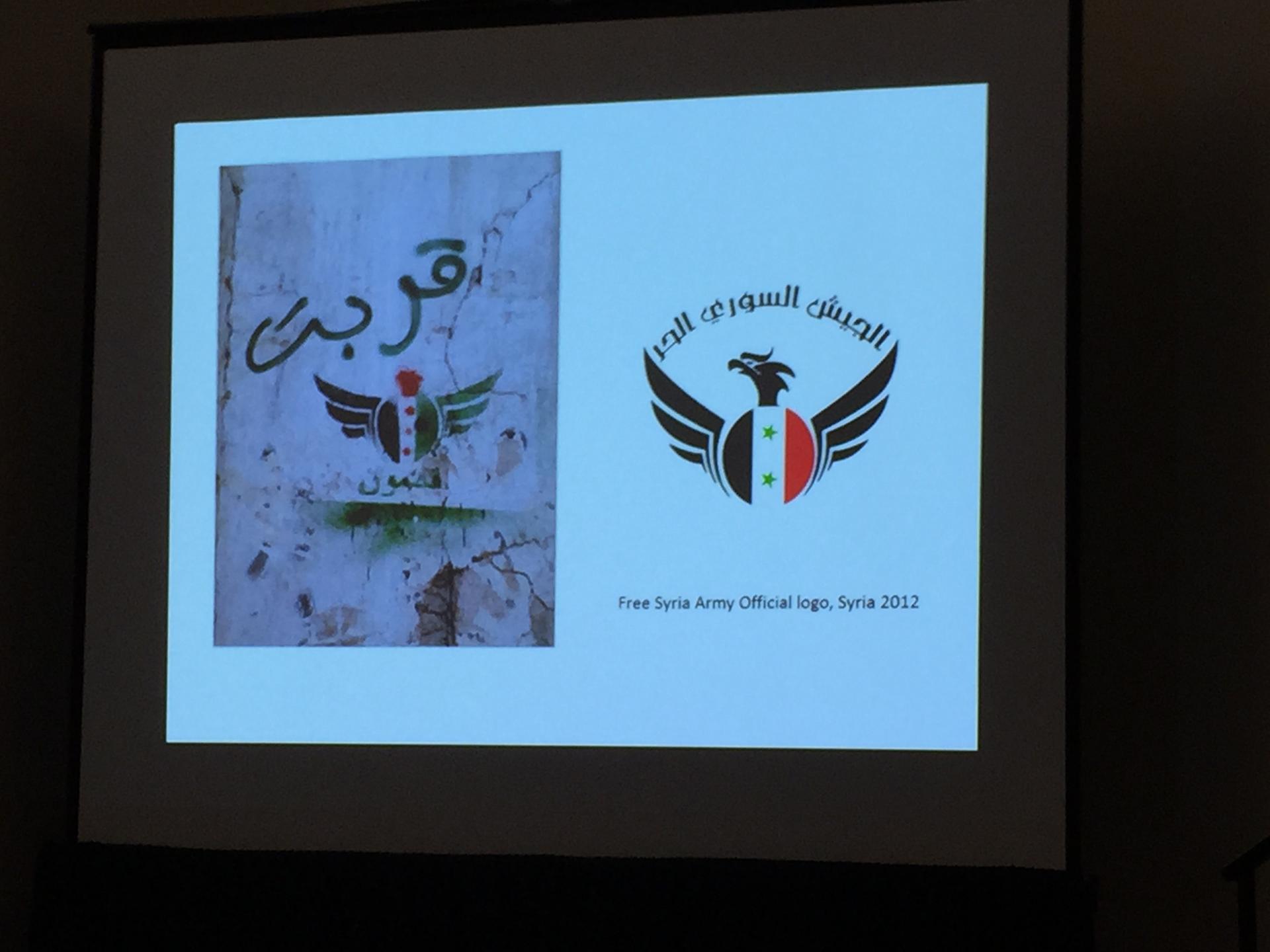
And in another potent example, Goat showed images of a piano, painted in the colors of the Ukrainian flag, that was pushed out in front of a line of officers in Kiev and where activist Markiyan Matsekh played Chopin's "Waltz in C-sharp minor" in 50-degree weather. Matsekh's statement to the police was that the protesters were nonviolent. And the image of a man playing in front of a wall of security is striking.
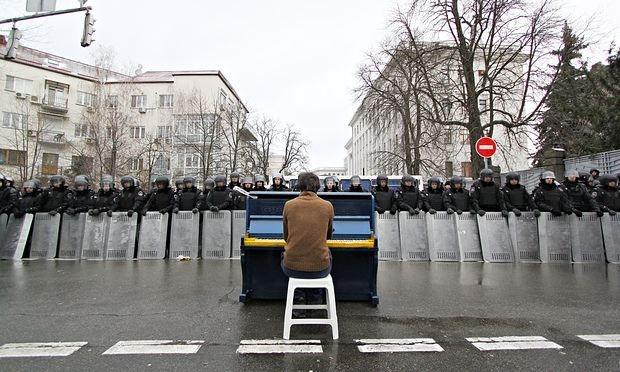
The piano was moved to the main site of the protests, Kiev's Maidan Square, where others carried on Matsekh's initial protest.
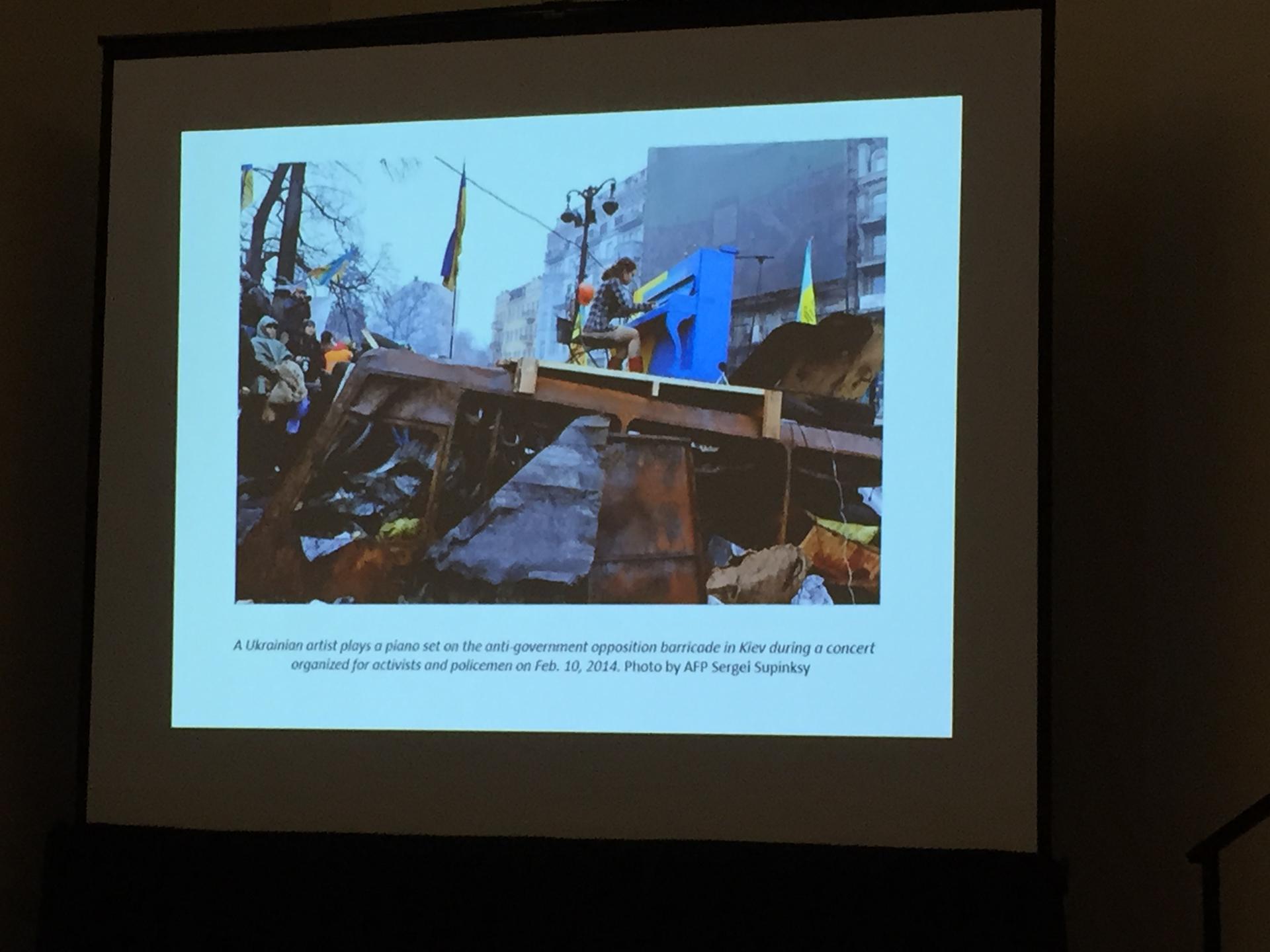
The picture spread on social media becoming a symbol for the protesters. Even Virgin mogul Richard Branson was photographed wearing a t-shirt with the piano image printed on it.
Goat makes clear that modern branding techniques among activists are here to stay.
